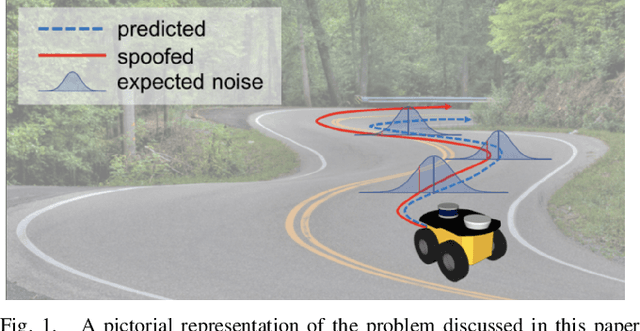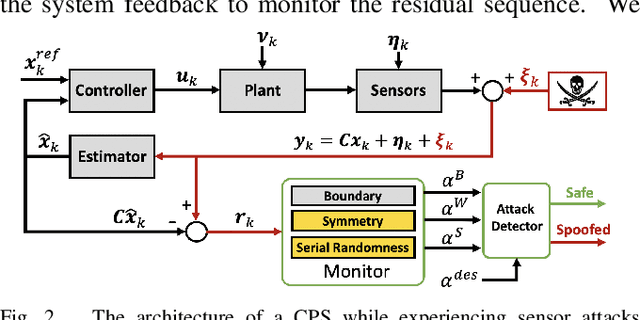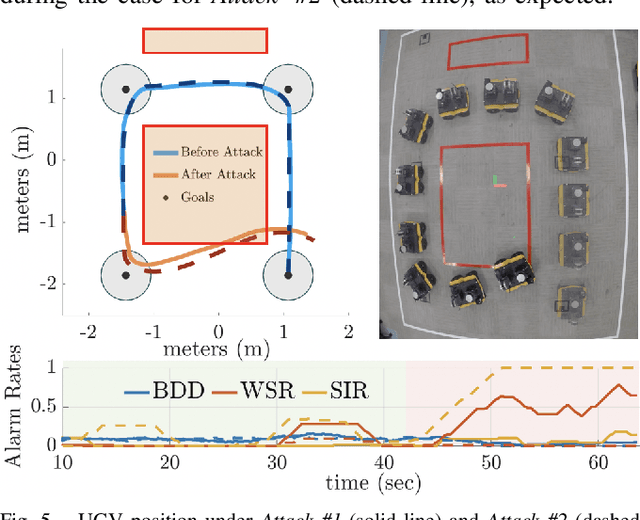Paul J. Bonczek
University of Virginia
Model-based Randomness Monitor for Stealthy Sensor Attacks
May 16, 2020



Abstract:Malicious attacks on modern autonomous cyber-physical systems (CPSs) can leverage information about the system dynamics and noise characteristics to hide while hijacking the system toward undesired states. Given attacks attempting to hide within the system noise profile to remain undetected, an attacker with the intent to hijack a system will alter sensor measurements, contradicting with what is expected by the system's model. To deal with this problem, in this paper we present a framework to detect non-randomness in sensor measurements on CPSs under the effect of sensor attacks. Specifically, we propose a run-time monitor that leverages two statistical tests, the Wilcoxon Signed-Rank test and Serial Independence Runs test to detect inconsistent patterns in the measurement data. For the proposed statistical tests we provide formal guarantees and bounds for attack detection. We validate our approach through simulations and experiments on an unmanned ground vehicle (UGV) under stealthy attacks and compare our framework with other anomaly detectors.
Memoryless Cumulative Sign Detector for Stealthy CPS Sensor Attacks
May 15, 2020



Abstract:Stealthy false data injection attacks on cyber-physical systems introduce erroneous measurements onto sensors with the intent to degrade system performance. An intelligent attacker can design stealthy attacks with knowledge of the system model and noise characteristics to evade detection from state-of-the-art fault detectors by remaining within detection thresholds. However, during these hidden attacks, an attacker with the intention of hijacking a system will leave traces of non-random behavior that contradict with the expectation of the system model. Given these premises, in this paper we propose a run-time monitor called Cumulative Sign (CUSIGN) detector, for identifying stealthy falsified measurements by identifying if measurements are no longer behaving in a random manner. Specifically, our proposed CUSIGN monitor considers the changes in sign of the measurement residuals and their expected occurrence in order to detect if a sensor could be compromised. Moreover, our detector is designed to be a memoryless procedure, eliminating the need to store large sequences of data for attack detection. We characterize the detection capabilities of the proposed CUSIGN technique following the well-known $\chi^2$ failure detection scheme. Additionally, we show the advantage of augmenting CUSIGN to the model-based Cumulative Sum (CUSUM) detector, which provides magnitude bounds on attacks, for enhanced detection of sensor spoofing attacks. Our approach is validated with simulations on an unmanned ground vehicle (UGV) during a navigation case study.
 Add to Chrome
Add to Chrome Add to Firefox
Add to Firefox Add to Edge
Add to Edge